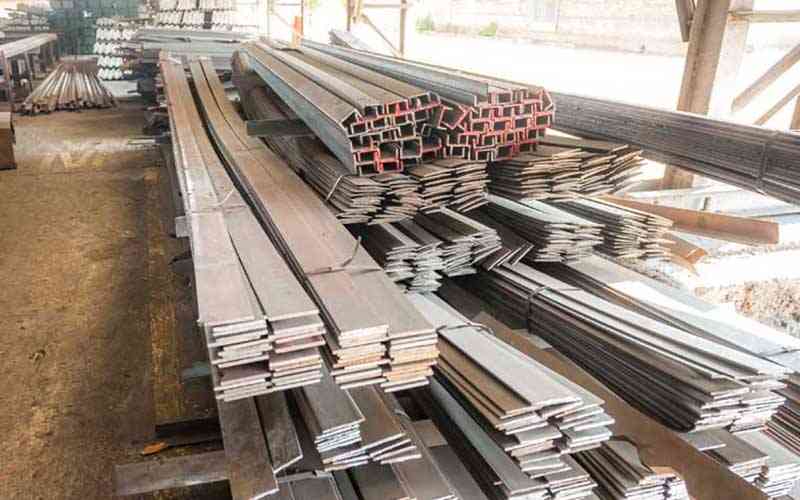
ZIMBABWE’S iron and steel sector requires about US$10 million for retooling as downstream industries have ageing machinery, experts have said.
The country has been importing goods made of steel from the Southern African Development Community (Sadc), primarily South Africa, at a cost of over US$400 million a year since Ziscosteel closed operations in 2008.
At its peak in the 1990s, Ziscosteel produced over one million tonnes of steel and employed over 5 000 people directly, while thousands were employed in downstream industries.
But the government, under an iron and steel blueprint running between 2022 and 2026 has plans to develop a US$6 billion industry by revenue, employing over 50 000 workers.
Presenting on the Zimbabwe engineering iron and steel value chain at a workshop on Tuesday, cluster coordinator Patrick Muchovo said resuscitation of Ziscosteel remains critical for the industry to boost provision of local raw materials.
“Resuscitation of Ziscosteel remains critical for the industry to boost provision of local raw materials,” he said.
“The sector requires not less than US$10 million for retooling as most downstream industries have ageing equipment and machinery.”
However, Muchovo stated that in order to meet the sector's current and future demands, a steady and adequate production capacity of primary steel and other basic material must be established.
- Sadc meets over water, energy and food security
- Opposition loses hope on reforms
- Mvuma steel plant 40% complete
- Don’t blame sanctions for bankruptcy, says expert
Keep Reading
He said expanding the capacity utilisation of subsectors like primary steel production and foundries depends on the export ban on scrap metal.
Data from the ministry shows that Dinson Iron and Steel Company (Dinson), a Chinese firm that is developing one of the region’s biggest steel plants near Chivhu, has so far spent US$1 billion.
According to the Engineering, Iron and Steel Association of Zimbabwe sector strategy, more than 50 000 jobs would be created by 2026 on the back of a robust local steel manufacturing industry.
Dinson expects 10 000 jobs to be created directly once the Manhize operations start and another 1 700 jobs from the works currently underway.







